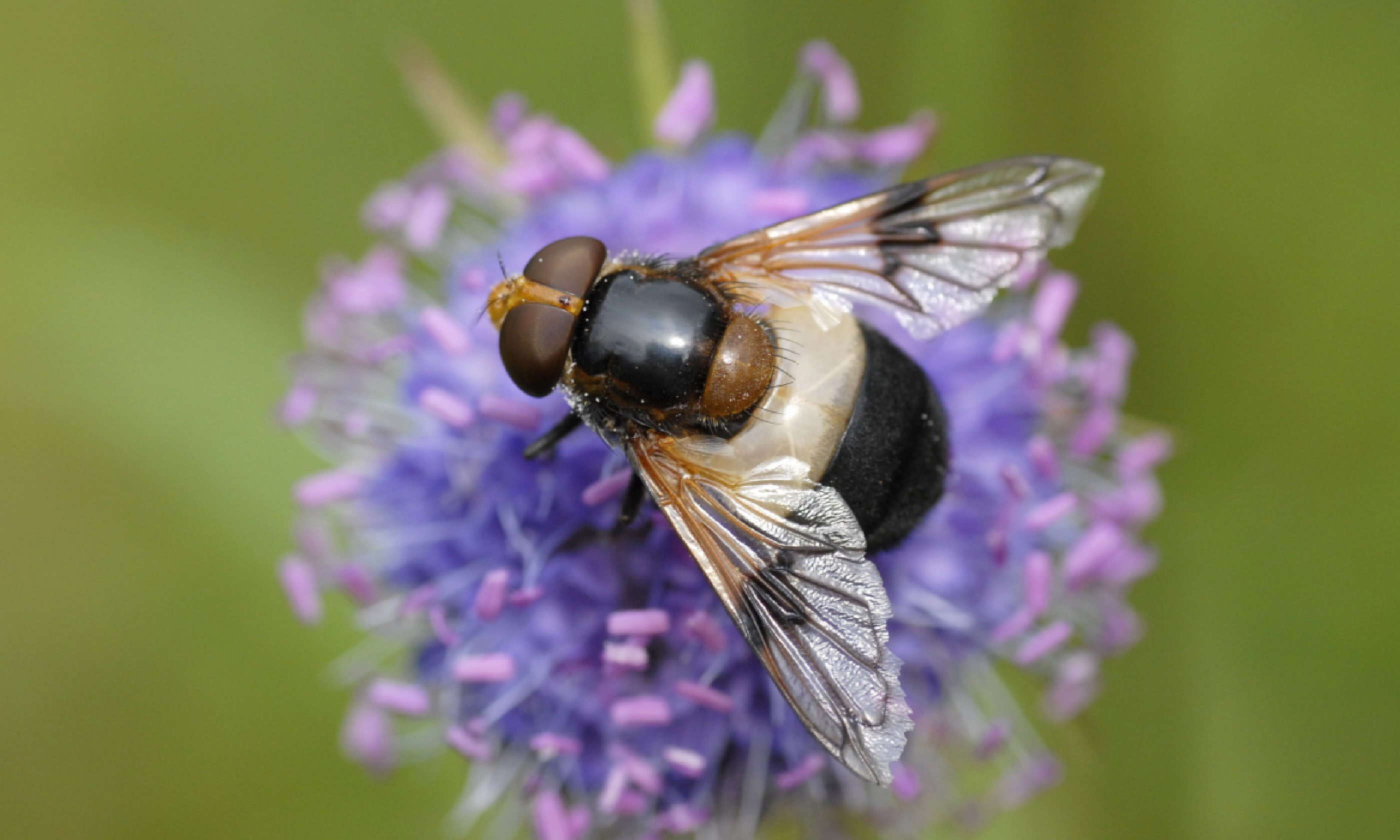
Photography tips: How to take great macro shots
Focus on the little things – here's how to master macro photography
When travelling, always keep your eyes open to the smaller things. You never know what you might spot... Years ago I was in the Parc National Montagne D’Ambre in Madagascar. My guide spied a tiny chameleon, about 20mm long. I always carry a macro lens, so I snapped a few shots. Much later, when trying to identify the species for captioning, I realised it was probably a Brookesia tristis, which was only officially discovered in 2012 – six years after I took this photo!
‘Macro’ essentially refers to any extreme close-up photography. However, your ability to take close-up pictures will be limited by the minimum focusing distance of your lens. A typical DSLR kit lens won’t allow you to focus in particularly closely. It is possible to buy clip-on lenses or extension tubes that will help, but if you really want to photograph the miniature world, you need to buy a macro lens.
However, most compact cameras, or even phone cameras, can excel at close-up work as they often have close focusing modes.
1. Choose your angle
Get down low – shooting from the subject’s level gives a more realistic picture. Also, think about the background: make sure that it is not going to distract from your subject.
2. Focus carefully
Focus is critical – even tiny movements can throw the focus point, blurring vital parts of your image. For perfect focus, move the focus sensor over the area that you want to be sharp. A continuous (or servo) focus mode will continually refocus, so any movements are compensated for.
3. Compose for depth
On a close up, you might only get a few millimetres of depth of field. A narrower aperture can help, depending on the light present, but you can make the most of the depth of field by composing so that more of the subject is in the narrow band of focus. Shooting the chameleon side on means that its legs and tail are in the same plane as the eye, and so are sharp.
4. Add some light
Use a flashgun so you can use a smaller aperture, giving greater depth of field and less chance of camera shake. The built-in flash on a DSLR won’t work, as the subject will be so close that the lens can cast a shadow; however, you can buy a macro flash unit that fits over the lens. The flash on a compact or smartphone can work, but stick tissue paper over it to soften the light.
More advice & inspiration...
Photography tips: shooting open spaces | From salt-flats to scorching deserts
Photography tips: shooting sand | How to capture your desert adventure
Photography tips: mastering mountains | Take better pictures of peaks
Photography tips: respecting locals | Get the picture you want
Photography tips: capturing colour on camera | It's all about contrast
To learn more about macro photography, check out the new second edition of Steve’s Footprint Travel Photography (Footprint £19.99). Also available on iBookstore and Amazon Kindle.
